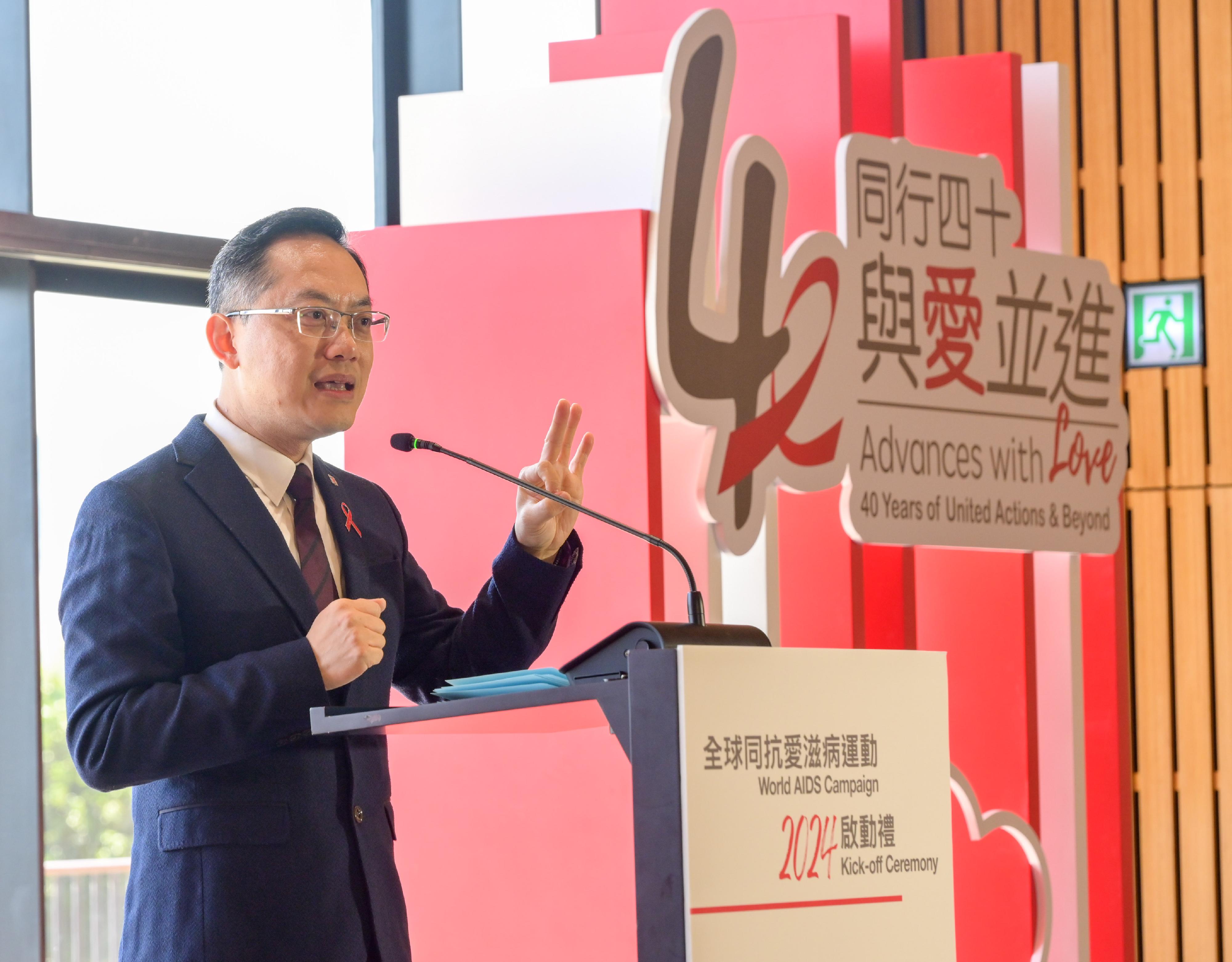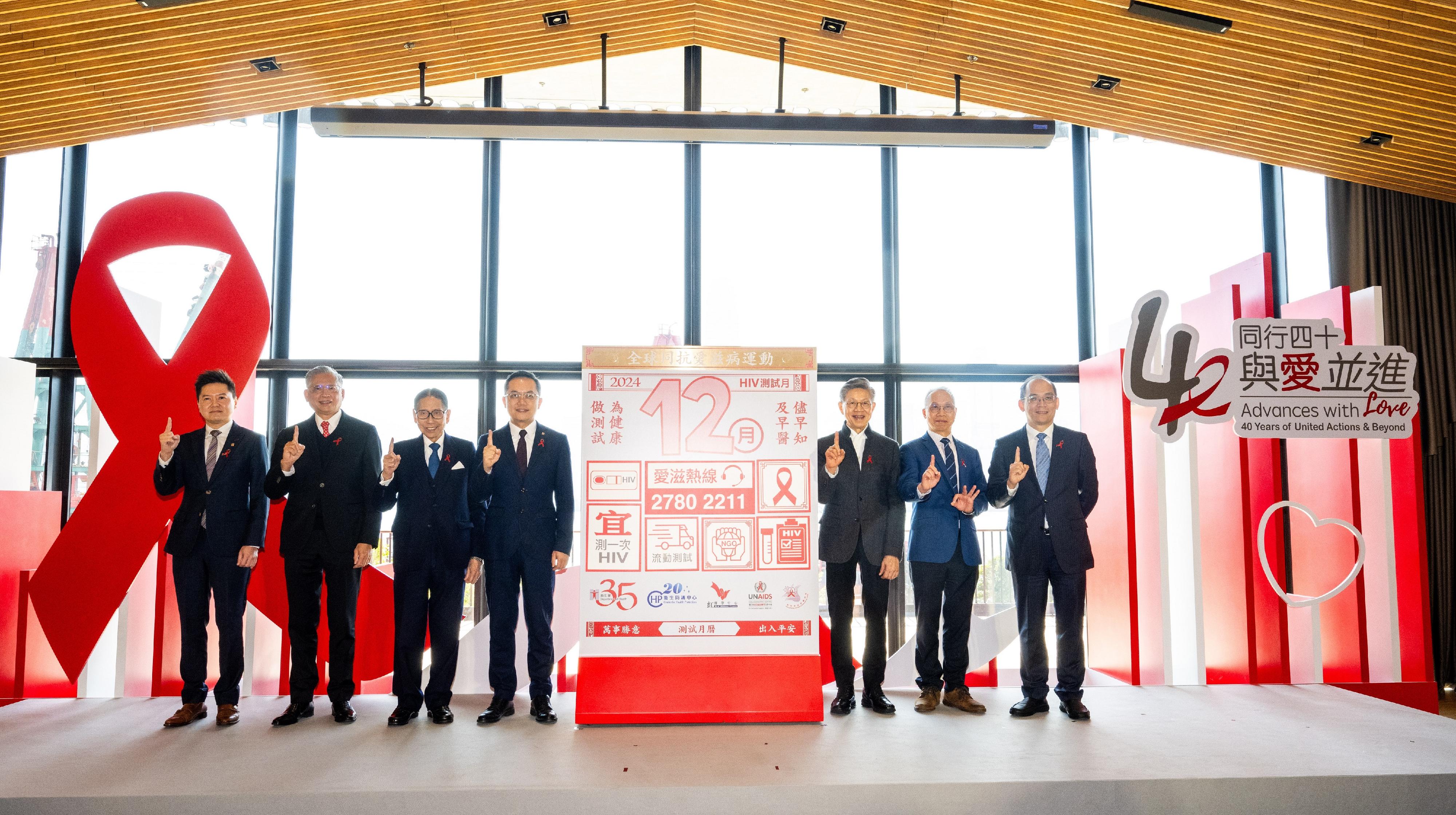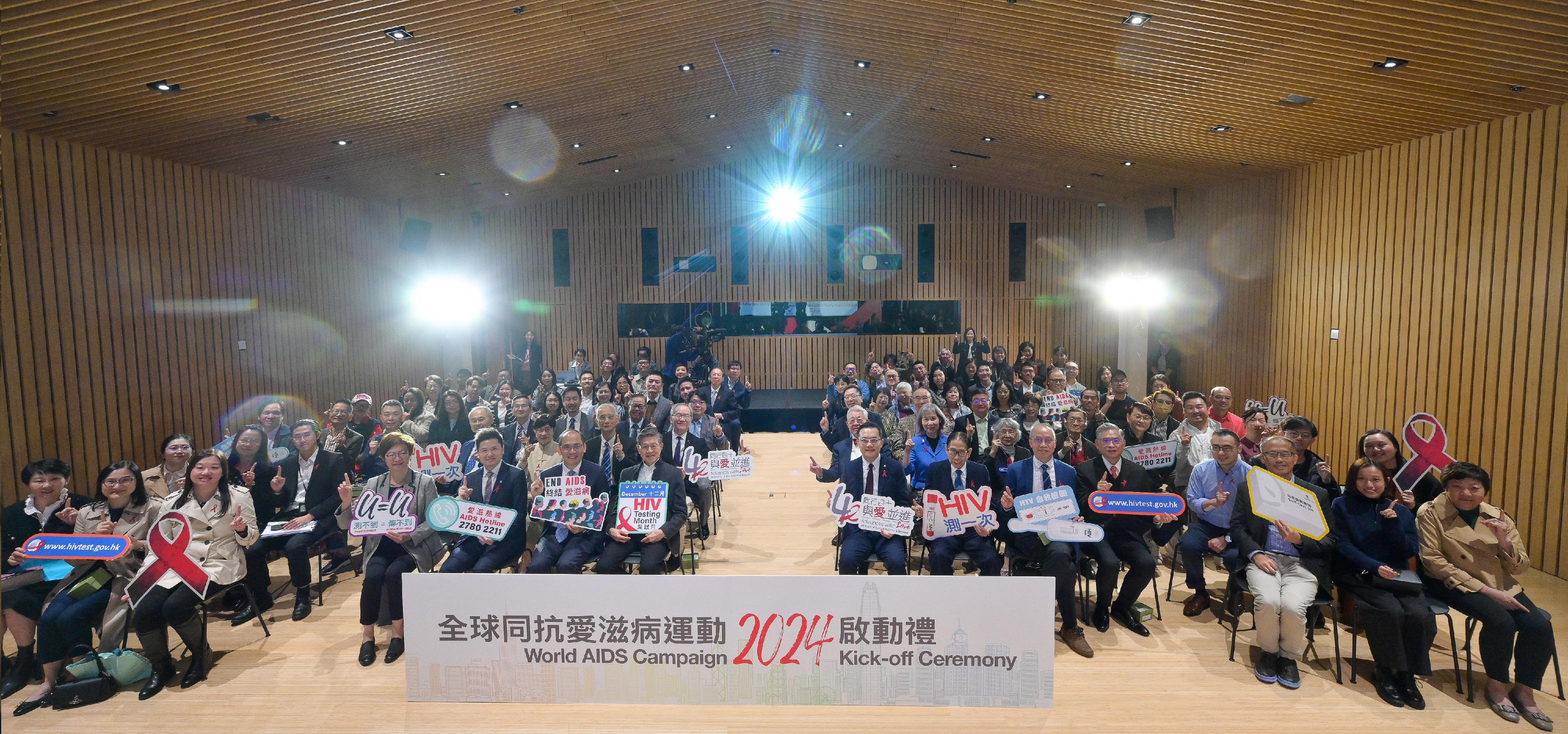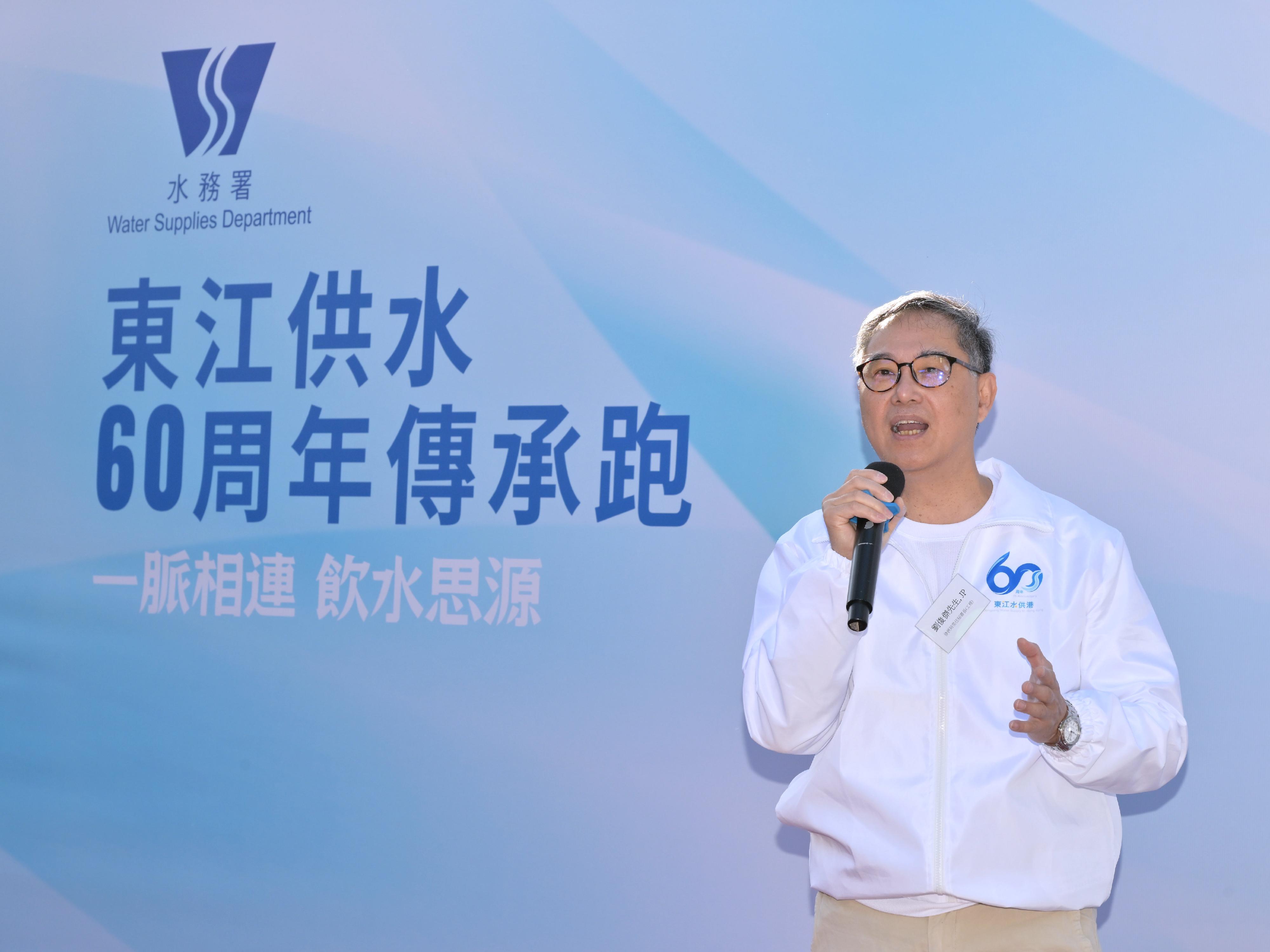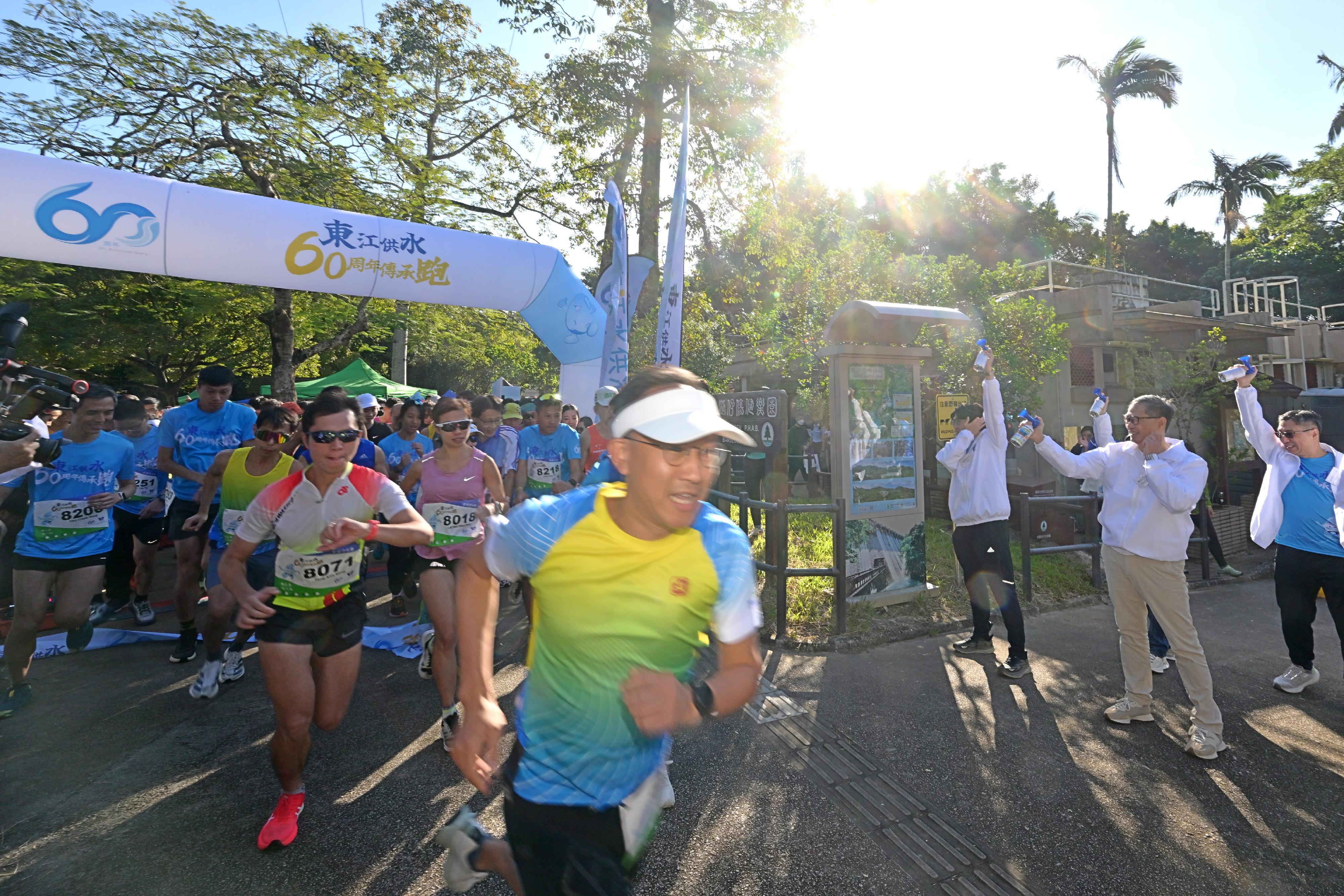The Government today (November 30) announced details of the enhancement of the operation of the Mega Arts and Cultural Events (ACE) Fund and its application arrangements.
Taking into consideration the latest developments in Hong Kong’s arts and culture sector and ecology, as well as various views from different parties, the Culture, Sports and Tourism Bureau (CSTB) has reviewed the operation and funding mode of the Mega ACE Fund and consulted the Mega ACE Committee. The CSTB will enhance the operation of the Mega ACE Fund through the following areas with a view to better and more effectively promoting the development of arts and culture, as well as boosting tourism and the economy:
(i) the assessment criteria will emphasise the requirement for the funded events to cover elements that promote tourism and bring economic benefits, with a view to integrating arts and culture with the socio-economic development to bring a positive impact to Hong Kong’s community as a whole;
(ii) the Mega ACE Fund will adopt a fixed application cycle, i.e. three rounds of applications each year, with deadlines set on the last working day of April, August, and December each year respectively, and applicants should submit applications at least six months prior to the proposed event date. This not only encourages event organisers to make adequate planning, but also allows the Mega ACE Fund to consider applications received in the same round in one lot. Upon examining the merits of each application, the Mega ACE Fund will identify not more than four projects that deserve support in that round and determine the corresponding funding amount. The target is to support at most 10 projects each year, with a view to utilising limited resources more effectively;
(iii) matching grant will be introduced to encourage the event organisers to solicit commercial sponsorship to enhance the level of participation of commercial organisations and to follow the over-arching principle of industry building; and
(iv) the requirements on key performance indicators (KPIs) will be strengthened, including adding KPIs in respect of the integrated development of mega arts and cultural events and tourism to better monitor the effectiveness of events and showcase the impact of the Mega ACE Fund.
The new mechanism will officially take effect on January 1, 2025, and is applicable to events to be organised on or after July 1, 2025. Applicants should use the new version of the application form (i.e. the “November 2024” version) and submit applications at least six months prior to the proposed event date. For example, if the event is to be organised on July 1, 2025, the application should be submitted on January 1, 2025, at the latest. After the deadline of each round of application, the Mega ACE Committee Secretariat will notify the applicants of the results generally within 14 weeks. The deadline of the first round of applications will be April 30, 2025. The Secretariat will process the applications received between January 1 and April 30, 2025, in one lot.
For events to be organised between May 1 and June 30, 2025, having considered that event organisers may not be able to submit the applications at least six months prior to the event as required upon the implementation of the new mechanism, the CSTB will make special transitional arrangement, which accepts applications to be submitted at least four months prior to the event as per the existing requirement. However, applicants should use the new version of the application form (i.e. the “November 2024” version), and the Mega ACE Fund will consider the applications concerned under the new mechanism, but the approved applications will not contribute to the target number of the supported projects in the same year.
For more information and the application form, please visit www.cstb.gov.hk/en/councils-boards-and-committees/mega-arts-and-cultural-events-committee.html.
​The CSTB launched the Mega ACE Fund in April 2023. It aims to attract and support international and large-scale arts and cultural events to be held in Hong Kong, with a view to fostering Hong Kong’s development as an East-meets-West centre for international cultural exchange. The Fund has supported 20 large-scale arts and cultural events so far. read more


